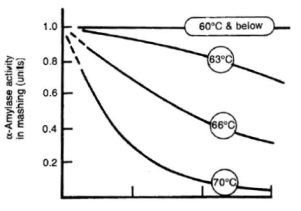11g... split into two fermentors? You might consider just adding AA to one of them for a nice experiment, with a control. If like the result, do it to the other. If it goes too low for taste, don't. Or, consider adding a small amount to one fermentor, and 4x to the other, just to see what happens.
You'll want to let it go for at least a week, maybe more. Enzymes in the hot mash work really fast, 15-30 minutes and they are done. But at fermentation temps, the same enzymatic activity requires days.
Regarding the amount to use, I'm not really sure. I think I used a tsp or two for 5g. I'm not sure halving that will make any difference. But maybe











